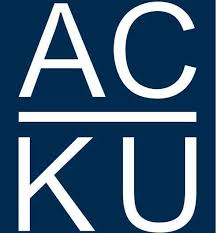The 2009 presidential and provincial council elections in Afghanistan.
Material type: TextPublication details: Washington, D.C. : National Democratic Institute, 2010.Description: [5], 102 p. : ill., maps ; 30 cmSubject(s): DDC classification:
TextPublication details: Washington, D.C. : National Democratic Institute, 2010.Description: [5], 102 p. : ill., maps ; 30 cmSubject(s): DDC classification: - Pamphlet JQ 1769 .A5 .P74 /2010/ + /PDF/(1.49MB)
| Item type | Current library | Call number | Status | Date due | Barcode | Item holds | |
|---|---|---|---|---|---|---|---|
 Books
Books
|
Afghanistan Centre at Kabul University | Pamphlet JQ 1769 .A5 .P74 /2010/ + /PDF/(1.49MB) (Browse shelf(Opens below)) | Available | 21683 |
Includes bibliographical references.
Contents: I. Executive summary—II. The observation mission—III. Electoral history and legal framework—IV. Preparations for the 2009 elections—V. the pre-election period—VI. The campaigns—VII. Participation of women—VIII. Election day—IX. The post-election period—X. the runoff—XI. Election data mapping—XII. Recommendations—Appendices.
Summary: “On August 20, 2009 Afghan voted to elect a president and members of provincial councils for the second time in the nation’s history. The elections were the first to be organized primarily by afghan institutions and preparations for the elections took place amid armed conflict in the southern and eastern regions and sporadic violence in other areas of the country. The polling was marred by widespread fraud particularly in areas most affected by the insurgency. The final provincial council results were delayed for almost four months as electoral complaints were adjudicated and audits as well as recounts were conducted. Afghanistan’s Independent Election Commission (IEC) announced a runoff election between Hamid Karzai and former foreign minister Abdullah Abdullah after no single candidate received more that 50 percent of the valid votes cast. On November 1, six days before the scheduled runoff, Abdullah announced he would not participate since adequate measures had not been taken to prevent the recurrence of fraud. The IEC cancelled the runoff and declared Karzai the winner of the 2009 presidential election. Karzai was sworn in as president on November 19”—(p. 1).
